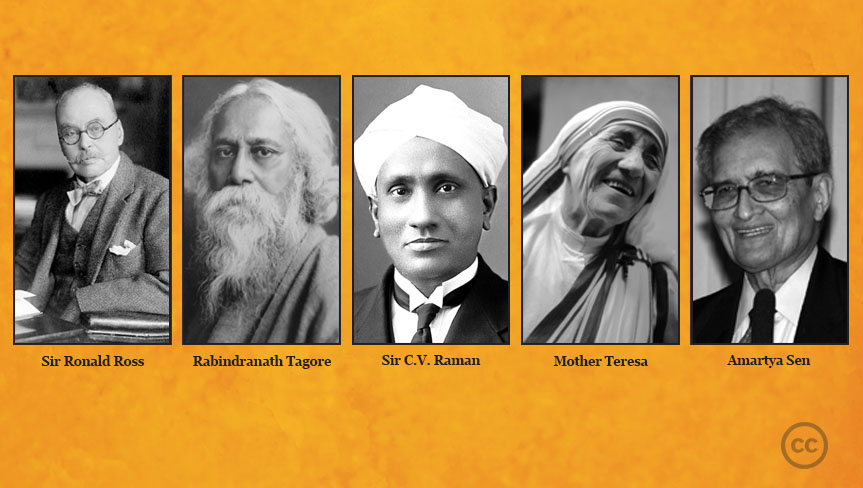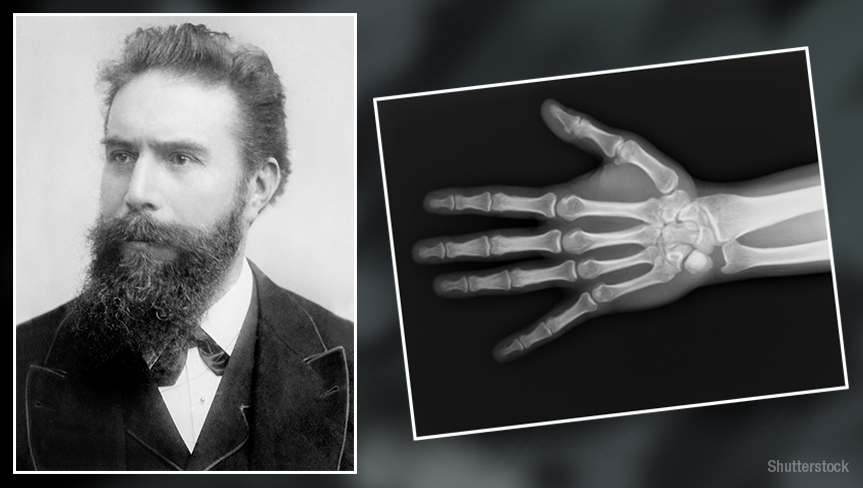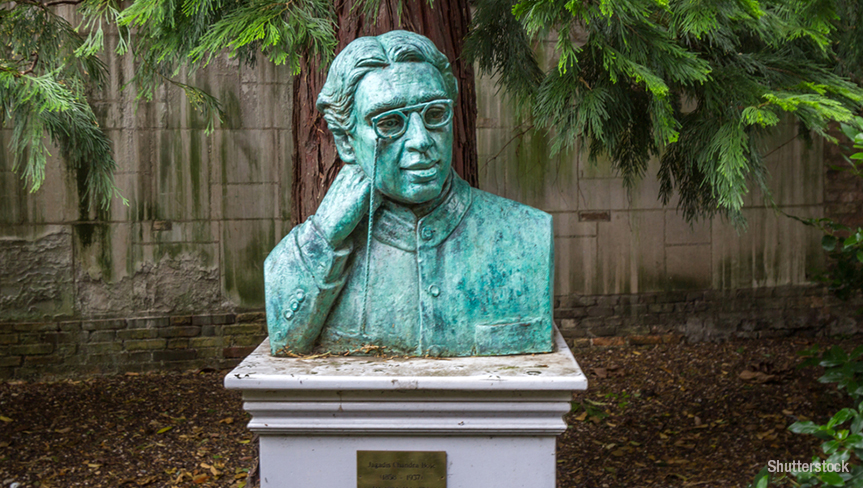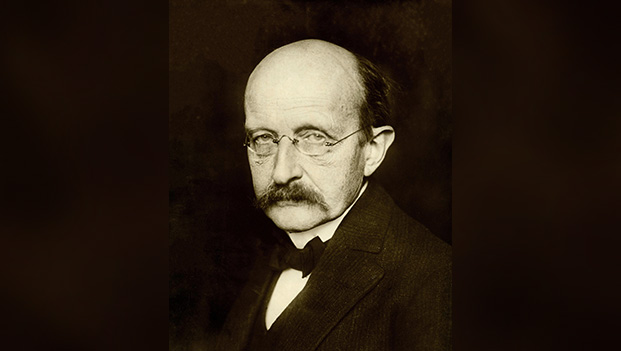16th February 2016
The year 2012 celebrated the 125 years of five innovators, Henry Moseley, Sukumar Ray, Erwin Schrödinger, Jamini Roy, and Srinivasa Ramanujan. Henry Gwyn Jeffreys Moseley was an English physicist who provided the explanation of X-ray spectra, which justified many concepts in chemistry by sorting the chemical elements of the Periodic Table of the Elements in a quite logical order based on their physics. He died at the age of 26 only at the First World War. Sukumar Ray was an Indian writer who was known for his humorous creations. He wrote poems, stories, and playrights exclusively for children. His innovative creations are sometimes called ‘literary nonsense’, but these were full of sense. He also died young at the age of 33, but before that he fathered Satyajit Ray, who later become a world famous film director. Erwin Rudolf Josef Alexander Schrödinger was an Austrian theoretical physicist who achieved fame for his contributions to quantum mechanics, especially the Schrödinger equation, for which he received the Nobel Prize in 1933. Jamini Roy was an Indian painter who experimented with tribal folk art and transformed them into innovative paintings with his new style of painting. Srinivasa Ramanujan Iyengar was an Indian mathematician and self-taught genius who, with almost no formal training in pure mathematics, made substantial contributions to mathematical analysis, number theory, infinite series and continued fractions.
∼ Continue Reading ∼
• • •





